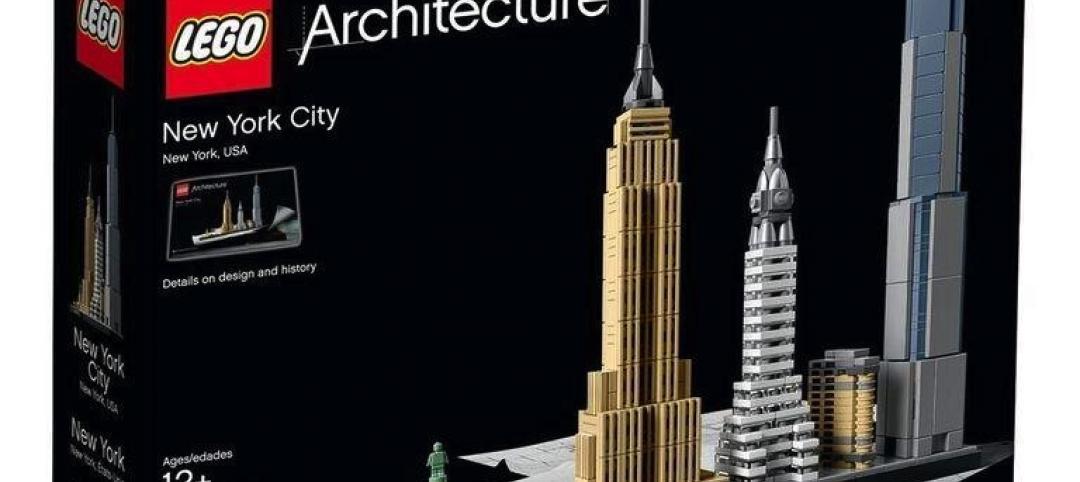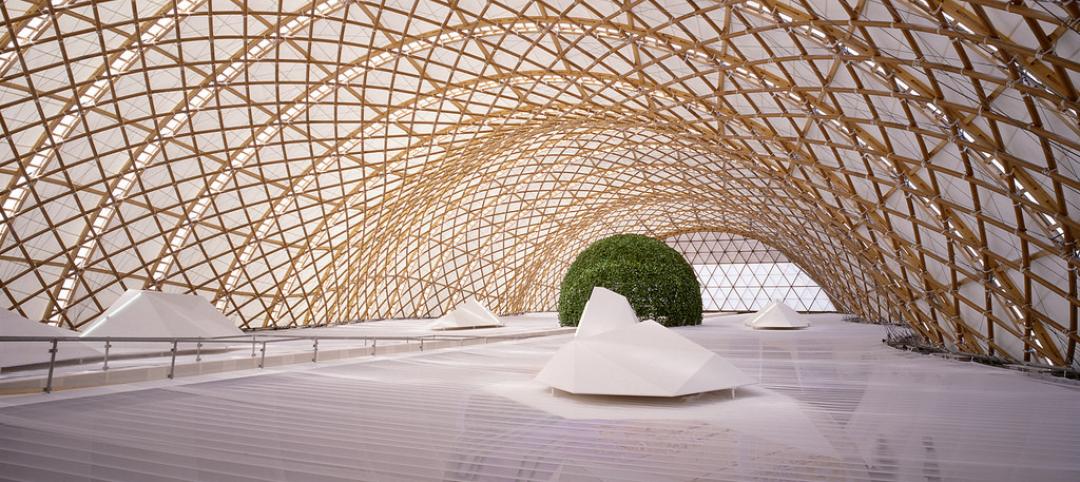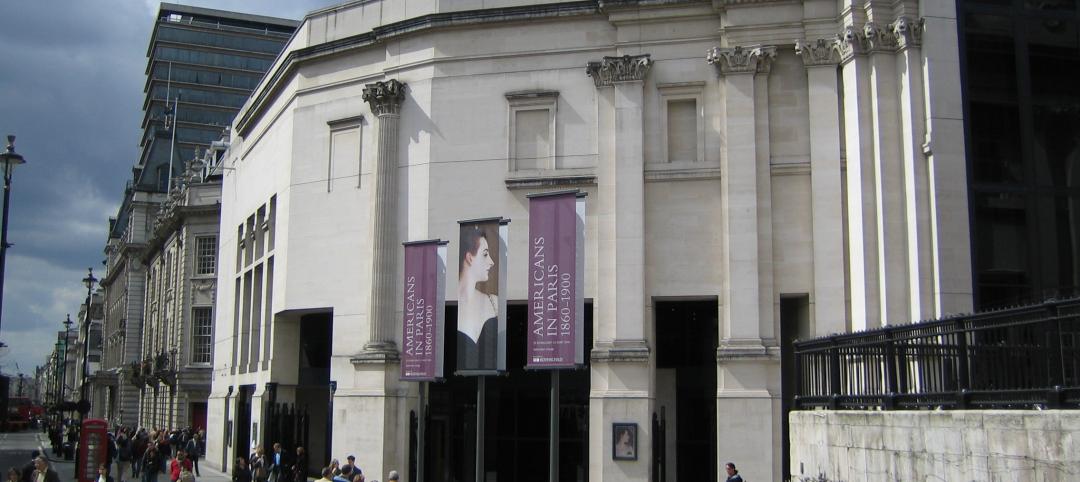WEST LAFAYETTE, Ind. - A partnership of leading earthquake engineering researchers from top U.S. and Canadian universities and design professionals from the steel industry have begun the final phase of a three-year project to increase the seismic safety of buildings that use lightweight cold-formed steel for their primary beams and columns.
Funded by a grant from the George E. Brown, Jr. Network for Earthquake Engineering Simulation Network (NEES), the researchers have already developed a series of computational models to determine how a complete building structure will perform during an earthquake.
Headquartered at Purdue's Discovery Park, NEES is a collaborative, 14-site research initiative that aims to improve structural seismic design and reduce the damaging effects of earthquakes and tsunamis. NEES is funded by a $105 million National Science Foundation grant. NEEScomm is the operations unit at Purdue.
The initial stage in the testing involved the construction of a two-story structure and then testing on a "shake table" at the University of Buffalo. The building will undergo the rigors of a controlled earthquake to determine how it performs. There will be two phases to the shake table testing: Phase One is taking place June 12-14 and will test only the structural components, which include the cold-formed steel skeleton and the OSB (oriented strand board) sheathing for the floor diaphragm and roof; Phase Two will add non-structural components like stairs, gypsum sheathing and interior partitions. The objective is to advance cold-formed steel light-frame design in buildings to the next level and equip engineers to implement these performance-based seismic designs in their projects.
The data from the research is published on NEEShub, the cyberinfrastructure component of the NEES network. The NEEShub platform is powered by Purdue's HUBzero software.
The research team is led by Benjamin Schafer of the Department of Civil Engineering at Johns Hopkins University and a longtime member of two standards-developing committees of the American Iron and Steel Institute (AISI) - the Committee on Specifications and the Committee on Framing Standards. Schafer's team includes additional researchers from Johns Hopkins and Bucknell University, with input from colleagues at the University of North Texas, Virginia Tech and McGill University in Montreal, Canada.
Several steel industry partners are participating in the project, providing technical expertise, donated materials and additional funding. The steel industry partners include the American Iron and Steel Institute, Bentley Systems Inc., ClarkDietrich Building Systems, Devco Engineering Inc., DSi Engineering, Mader Construction Co. Inc., Simpson Strong-Tie Co. Inc., the Steel Framing Industry Association, and the Steel Stud Manufacturers Association.
"We appreciate the valuable technical and economic input that our industry partners have provided," said Schafer, the project's principal investigator.
"This project has already resulted in several innovations that will immediately impact seismic cold-formed steel design standards, making buildings safer," Schafer said. "Now comes the fun part - getting to see how all the research plays out on the shake table. One of the important deliverables from this project will be the transfer of our research results into an open-source software framework. The data will then be made available to engineers, allowing them to see how their structural system designs will respond to an earthquake before they are constructed. This software will create cost efficiencies and potentially save lives."
In fact, project data is already on NEEShub. Preliminary testing conducted on building components (shear walls in particular) have been posted for engineers to examine. Initial uploading of the test data happens immediately after the tests. Fully curated data will happen over the course of this summer.
Schafer said Johns Hopkins graduate student Kara Peterman is on site at the University of Buffalo Structural Engineering and Earthquake Simulation Laboratory (SEESL) and is providing updates on the structure's construction and blog entries at the CFS NEES blog.
Project Background
The award is an outcome of the National Science Foundation 09-524 program solicitation for the George E. Brown, Jr. Network for Earthquake Engineering Simulation Research competition. The title of the project is "NEES-CR: Enabling Performance-Based Seismic Design of Multi-Story Cold-Formed Steel Structures," award number 1041578.
The analysis and initial testing for the project began in late 2010 and took place at John Hopkins University and the University of North Texas. The focus has now moved to the University of Buffalo, where construction of the two-story test building was recently completed. Full-scale shake-table testing is expected to take place in the summer.
About the George E. Brown, Jr. Network for Earthquake Engineering Simulation Network (NEES) at Purdue
Since Oct. 1, 2009, the NEES operations and cyberinfrastructure headquarters has been at Purdue University's Discovery Park, the result of National Science Foundation cooperative agreement #CMMI-0927178. The 14 participating universities hosting NEES laboratories include Cornell University; Lehigh University; Oregon State University; Rensselaer Polytechnic Institute; University at Buffalo, SUNY; University of California, Berkeley; University of California, Davis; University of California, Los Angeles; University of California San Diego; University of California Santa Barbara; University of Illinois, Urbana-Champaign; University of Minnesota; University of Nevada, Reno; and University of Texas, Austin. In addition, 5 institutions involved as administrative partners include: San Jose State University, University of Washington, University of Kansas, University of South Carolina, and the Fermi National Laboratory.
Related Stories
Architects | Dec 16, 2015
Architects create commission for diversity advancement
The 20-member group will assess recent data, set a plan of action, and report on results to the AIA Board of Directors.
Architects | Dec 15, 2015
ULI names Lord Richard Rogers the 2015 J.C. Nichols Prize winner
Rogers, Founder of Rogers Stirk Harbour + Partners, works on projects that “shine a spotlight on the challenges that people in urban areas are facing."
Market Data | Dec 15, 2015
AIA: Architecture Billings Index hits another bump
Business conditions show continued strength in South and West regions.
Architects | Dec 14, 2015
New LEGO line lets builders construct iconic skylines
New York City, Berlin, and Venice are featured in the Architecture Skyline Collection.
Architects | Dec 14, 2015
Date named for announcement of 2016 Laureate of the Pritzker Architecture Prize
The Laureate will be named the morning of January 13.
Architects | Dec 9, 2015
Architecture firms Cooper Carry and The Johnson Studio merge
The combination is expected to bolster each firm’s hospitality-related services.
Industry Research | Dec 8, 2015
AEC leaders say the 'talent wars' are heating up: BD+C exclusive survey
A new survey from Building Design+Construction shows that U.S. architecture, engineering, and construction firms are being stymied by the shortage of experienced design and construction professionals and project managers.
Architects | Dec 4, 2015
Denise Scott Brown and Robert Venturi win 2016 AIA Gold Medal Award
The husband and wife architect team—founders of VSBA Architects and Planners—are the award's first joint winners.
Architects | Dec 3, 2015
LMN Architects wins 2016 AIA Architecture Firm Award
The firm is known for projects like Vancouver Convention Centre West and the University of Washington’s Foster School of Business.
Greenbuild Report | Dec 1, 2015
Data centers turn to alternative power sources, new heat controls and UPS systems
Data centers account for 2% of the nation’s electricity consumption and about 30% of the power used annually by the economy’s information and communications technology sector, according to the National Renewable Energy Laboratory.
















